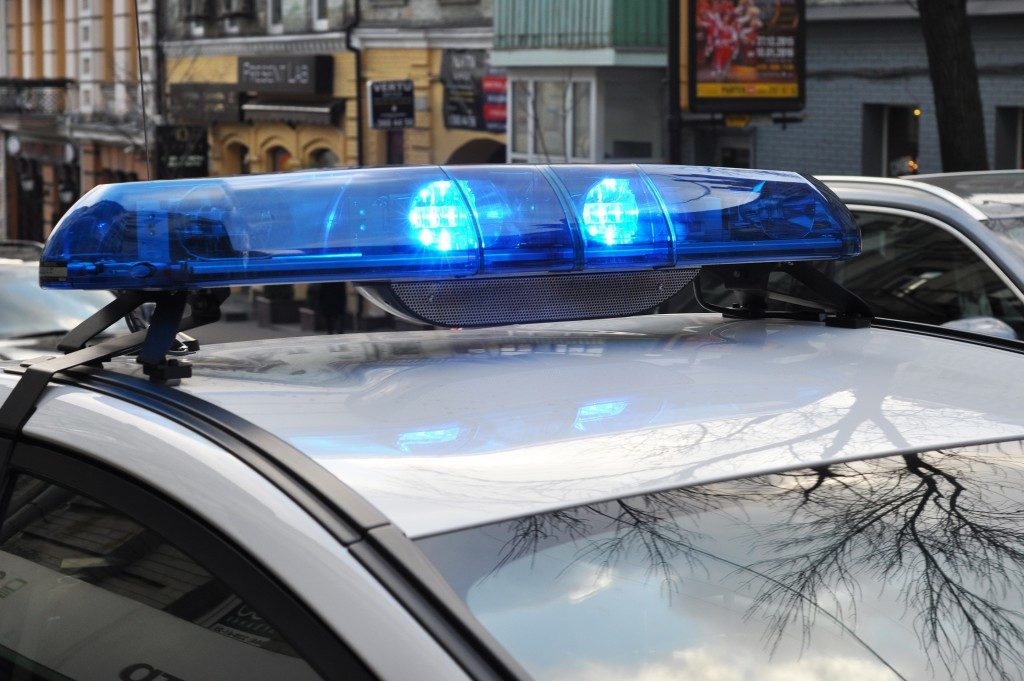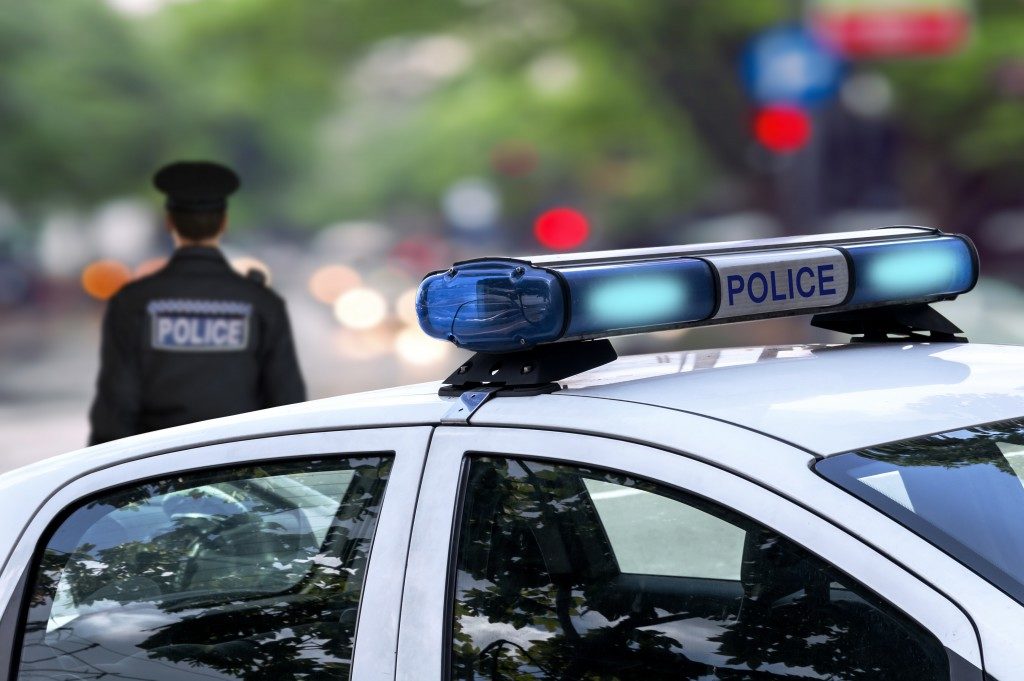When you watch a movie with a police chase, like those in the “Fast and Furious” series, you wonder at times why the police would not just use muscle cars or racers in order to catch the criminals. Any police officer will tell you that speed is not their main problem, and the nuances of a real police chase are much different than what we see in the movies.
Police response vehicle needs to have more than just speed since the police have more tasks and activities than just to chase criminals. What we get to watch on live TV, a police chase on the highway barely cracks the surface of police work. That is why there is a high demand in police upfitters in areas such as Wichita where terrain can be challenging.
So, how should we describe the ideal police response vehicle? Here are some qualities to check:
Off-Road Capability
In the middle of a pursuit, desperate drivers will resort to desperate measures. If he intends to evade the authorities at all costs, he would veer off the paved road and take his chances on the rough terrain. He doesn’t care much for the vehicle that he’s using, as he may actually discard it. That’s not the case for the police.
While apprehending the perpetrator is the priority for the police, there is also a fiscal responsibility to do so with the least damage to property—which includes the vehicle itself. That said, it is best for the police force to invest in a vehicle that has both the speed and off-road capability. In this case, police vehicles could be pick-up trucks or SUVs, especially if they cover areas that have uneven terrain.
Durability and Protection
Aside from the ability to survive the off-road, the vehicle must provide protection for the officers inside. Officers may have to pack the truck and be in full protective or battle gear, so the vehicle needs to have ample hip and leg room that will not constrict movement.
There will be times when they have to transport arrested suspects in the vehicle, and some units have specialized police cloth on the front seats, as well as anti-stab plates to ensure that the officers are protected even if the suspects make reckless attempts.
The vehicle should also have upgrades on the performance side, specifically the brakes. Many police vehicles use a special friction material to improve the brake pads and some have better stabilization for more controlled braking and responsive handling.
Speed

While speed is not the only priority, it does not mean it can be compromised. The added protection and the off-road capability brings added weight to the vehicle, but it should also have enough power to still mount a full pursuit.
The police force will have other vehicles in its stable, those that can reach up to 180mph, but all vehicles should reach at least 100mph, even those that carry a patrol or are loaded with gear.
A performance police car needs to be versatile, as the tasks of a policeman can vary, depending on the location and the situation. The law must be respected at all costs and the vehicle should embody that kind of authority, with strength, speed, and durability.

